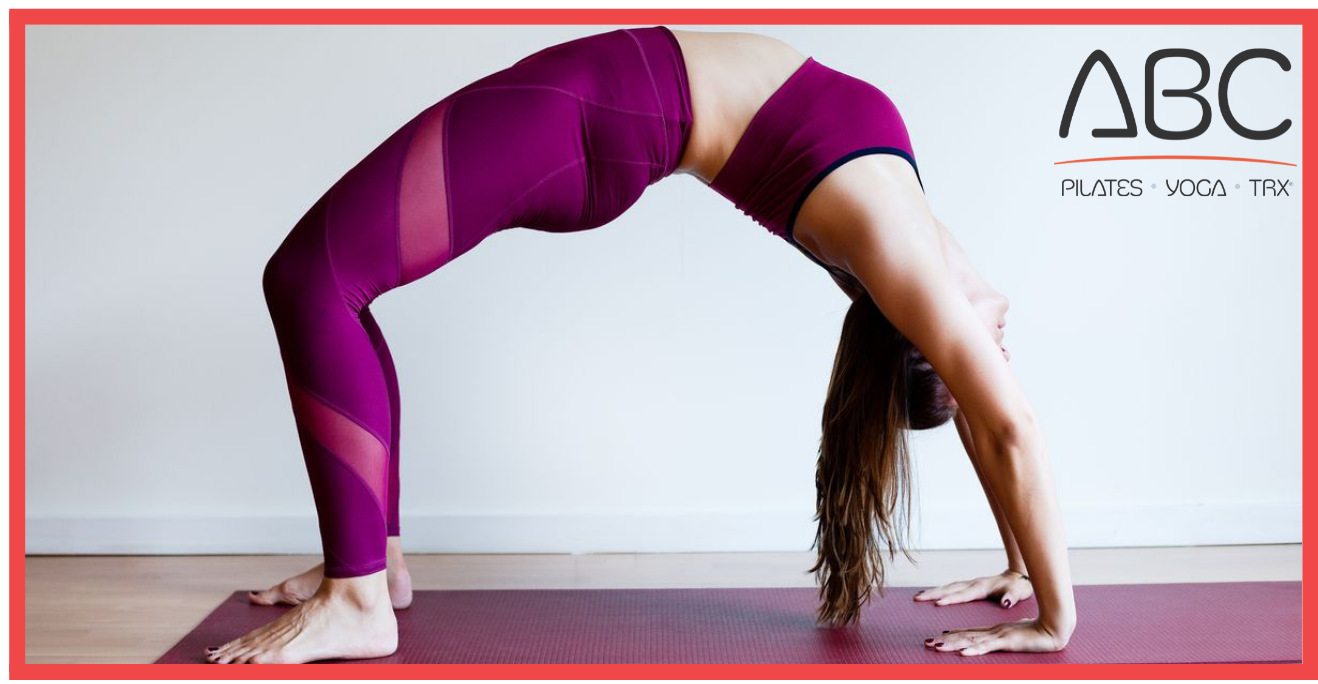
Yoga has been practiced by individuals for over a thousand years. It was said that yoga was meant to bring about awareness to a person’s self with the universe. Now, yoga is practiced in various settings and continues to show its health benefits towards individuals who practice almost daily. Even in the field of physical therapy, we incorporate different poses into our patients’ therapeutic exercise routines so they can receive the benefits and improve their overall health.
Decreased Low back Pain

Since the start of the COVID-19 pandemic, many individuals were required by the “stay-at-home” mandate to work from their homes. This forced individuals to create home offices. Many patients who experience lower back pain come into physical therapy to find relief and manage their back pain. There are certain yoga poses we demonstrate to patients that they can use to alleviate it. For example, the child’s pose can create an elongation of the muscles in our lower backs, which helps reduce tension. As shown in the picture above, the individual should gradually lower their bodies until their glutes are touching the heels of their feet. For an added stretch, extend your arms above your head and feel a gentle stretch in your shoulders.
Improving Flexibility

As time goes on and we age, our bodies begin to become stiff. This can lead to injuries such as muscle strains when performing quick movements. Performing daily can improve our flexibility in different areas of our bodies. Finding different poses to improve flexibility can reduce the risk of injury. Poses such as the downward dog (as shown in the picture above) can create length in our hamstrings and calf muscles. When these muscles are at an optimal length, injuries are less likely.
Managing Stress

Not only does yoga bring about physical benefits, but it also improves our mental health. Being able to perform meditation with yoga can decrease stress levels. When we are stressed, our body’s immune system is lowered, which can cause a spike in illnesses such as the common cold. By allowing ourselves to take a break and to reflect on our breathing patterns, we gain mental clarity. Try sitting in a crossed-legged position with your hands on your knees, eyes closed, and focus on breathing from your diaphragm.
Improving Strength

In addition to flexibility, there is also a strength component that goes along with yoga. Poses where you hold positions for a certain length of time can assist in increasing functional strength, as well as core strength. For example, performing poses such as the boat pose (shown above) can increase core strength. As you continue to incorporate yoga into your daily routine, you will start to notice an increase in your strength.
Starting Out

While there are many benefits of performing daily yoga, individuals who are beginning to incorporate yoga into their daily routines should consult with their healthcare provider to determine if they are ready. Starting with 15 minutes 2 times a week is good for beginners. Always start out easy and ease yourself into the poses. As you begin to see a difference in your overall strength and flexibility, you can gradually increase the frequency of your practice.
Let’s talk! We are here to help. Give us a call for a complimentary consultation. We would love to meet you.
Did you know there’s no prescription needed from a doctor to see us – but we will communicate your progress and treatment to your doctor if you’d like us to! Visit our Facebook Page, or call us at 949.305.3310 for more information.
